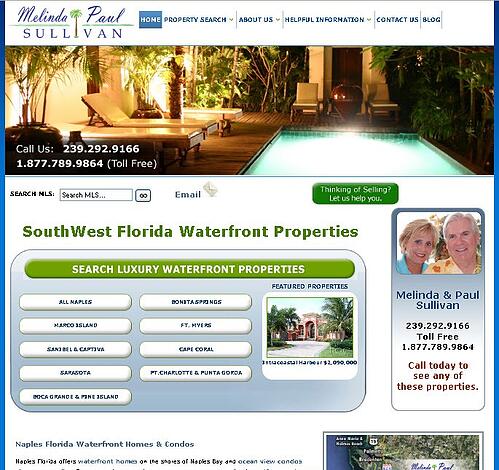Reaching New Customers with New Languages
Expanding a successful website into new languages is an exciting possibility, but until now it has been riddled with potential pitfalls. Now Google has brought out a new guide to multi-language web design that makes it easier to avoid running into problems with search. There is advice on coding to make sure users find their way to the right pages, and tips to make sure the site is still appropriately ranked.
Language expansion is not just an issue for people who want to trade in other countries. Many US businesses can benefit from having a Spanish language option on their websites, making it more accessible to some existing customers and more welcoming to new ones. Some types of business will find that they have a strong appeal to other minority-language customers or may wish to focus on other languages spoken in their local areas, such as Polish or Korean. Translators are easy to find, though it is best to go through agencies and get recommendations to find good ones – but it is what happens next that many people struggle with.
Once a translated page exists, there is a risk that it will look so similar to the original that, to a search engine, it can be confusing. Google recommends using the rel="alternate" hreflang="x" tags to make things clearer, whether it is the whole site, a section of the site or simply the template that is translated. These clarify which pages are supposed to be grouped together and also make it easier for Google to make sure that users are directed to pages in their own languages of choice.
Google’s guide also raises practical issues such as the importance of being able to maintain a translated page. This does not usually require the same level of language skill as creating it but means that somebody with a reasonable degree of competence will need to be able to check it at least monthly. Furthermore, if a business is going to reach out to speakers of another language, it needs to be able to cope when contacted by them. One way to do this is to work with agencies that can offer translators on a per-hour basis or charge per phone call handled.
Finally, when thinking about translation, it is worth considering translating a site into different variants of English. If you are aiming for the British market, having a page that uses British spellings and idioms and gives price information in pounds can make users much more confident about buying from overseas.
For further advice on all these issues, call Xcellimark at 888-318-3950 ext 211 to speak with an internet marketing consultant today.




